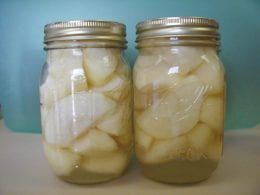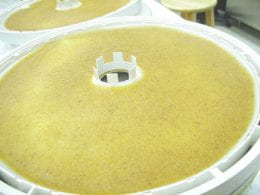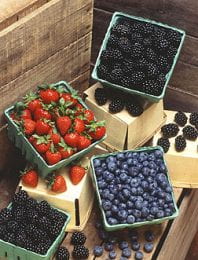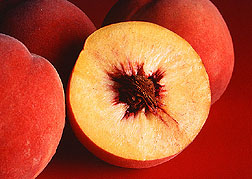A holiday tradition is to give gifts of fruits and nuts (along with other products). Usually these are placed in an attractive basket, wrapped with cellophane covering, and brought (or shipped) to your house. It is important that the fruit contained inside is kept in cool conditions to maintain its quality for as long as possible. Thus, it is wise to disassemble the fruit basket as soon as you receive it and place the fruit in refrigerated storage. If all the products in the basket are tree fruits (such as apples, pears, oranges or grapefruit), you can place the entire basket in a cool place- around 40 degrees F for best results. If the basket contains any bananas or other tropical fruits (with the exception of citrus), remove those fruits and store them separately. About 3-4 weeks is about as long as you can expect to store these fruits without some shriveling and loss of crispness.
Source: www.ksuhortnewsletter.org/newsletters/care-of-gift-fruit-baskets4637187
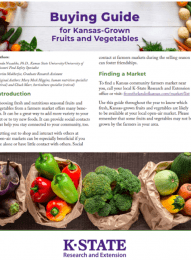 As local farmers markets make plans to open for the growing season, shoppers can plan ahead by knowing what is available at different times of the year.
As local farmers markets make plans to open for the growing season, shoppers can plan ahead by knowing what is available at different times of the year.